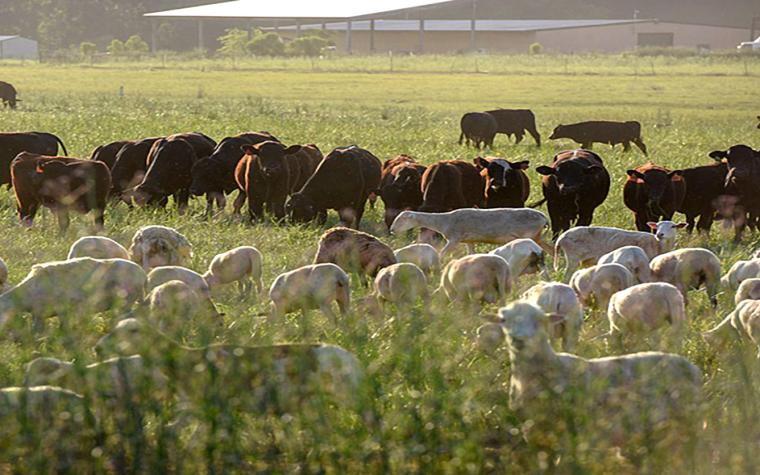“Now is the time to prepare forage and cattle for the fall and winter grazing season,” says Patrick Davis, University of Missouri Extension livestock field specialist. Proper management of cattle and forage right now leads to fall and winter grazing success as well as setting up your operation for spring.
Davis provides forage and cattle management suggestions for successful grazing through the fall, winter and into the future.
“Make sure the cattle that you are retaining are producing for you,” says Davis. This is a good time to look through those records to identify poor-producing cows and cull them at weaning. Davis also recommends early pregnancy checking spring calving cows and replacement heifers to identify those open females so they can be culled at weaning. He suggests marketing these open replacement heifers as soon as possible to improve salvage value and reduce impact on feed resources and operation profitability.
“Properly utilizing forage resources and updating those resources can provide a feeding system that will reduce production cost for your cattle operation,” says Davis.
Some suggestions to consider as you look at your forage program for fall and winter grazing and when updating your forage program for successful future grazing:
Evaluate your pastures. “Now is the time to evaluate those cool-season pastures and identify those weedy or thin stands,” says Davis. Once those are determined, contact your local MU Extension agronomy field specialist about options for weed control or if renovation is required. If renovation is needed, begin this fall by smothering out the fall perennial forage and seeding in a winter annual mix of legumes, small grains and brassicas to provide late fall and winter grazing. Consult your local MU Extension agronomy field specialist on selecting forages and implementing a process that will make your grazing program successful in the future.
Stockpile fescue. “Stockpile fescue now for a cheap feed resource during the late fall and winter months,” says Davis. Start stockpile preparation by clipping or grazing fescue pastures to 3 inches. Then apply no more than 40 pounds of nitrogen per acre to toxic endophyte-infected fescue pastures. If the pasture has novel-endophyte-infected fescue, then 60 to 100 pounds of nitrogen per acre can be added. Defer grazing these stockpiled pastures until late fall or early winter. Cattle producers should try to defer grazing toxic endophyte-infected fescue stockpile pastures until January, when concentrations of ergovaline have likely fallen below the toxic threshold level of 200 parts per billion. Strip grazing will increase grazing efficiency by improving forage utilization and reducing waste due to trampling and soiling with manure.
Incorporate idle crop ground in the grazing system. “Incorporating idle ground into the grazing system can be beneficial to the cropping and cattle operation,” says Davis. Consider seeding a winter annual mix into your idle crop ground to provide high-quality forage to graze your cattle through the late fall and winter months. In addition to providing a high-quality forage for your cattle, the manure and residual forage will improve soil fertility, which helps the cropping system. Most of these annual mixes will require 60 days of growth from planting before initial grazing. For optimum utilization, use temporary electric fencing to allocate one to three days of grazing forage to your cattle. This extra high-quality forage might be a way to retain and put cheap gain on your spring-born weaned calves or incorporate a winter grazing stocker operation in your farming operation.
“As you feed more hay and supplement, cattle production costs increase,” says Davis. Furthermore, “retaining open and low-producing females reduces your production efficiency,” he says. These things reduce cattle operation profitability. “Hopefully, these suggestions lead to retaining productive females and promoting a productive forage base to efficiently feed your cattle, which promotes optimum operation profitability.”
For more information, contact your local MU Extension agronomy and or livestock field specialist.
